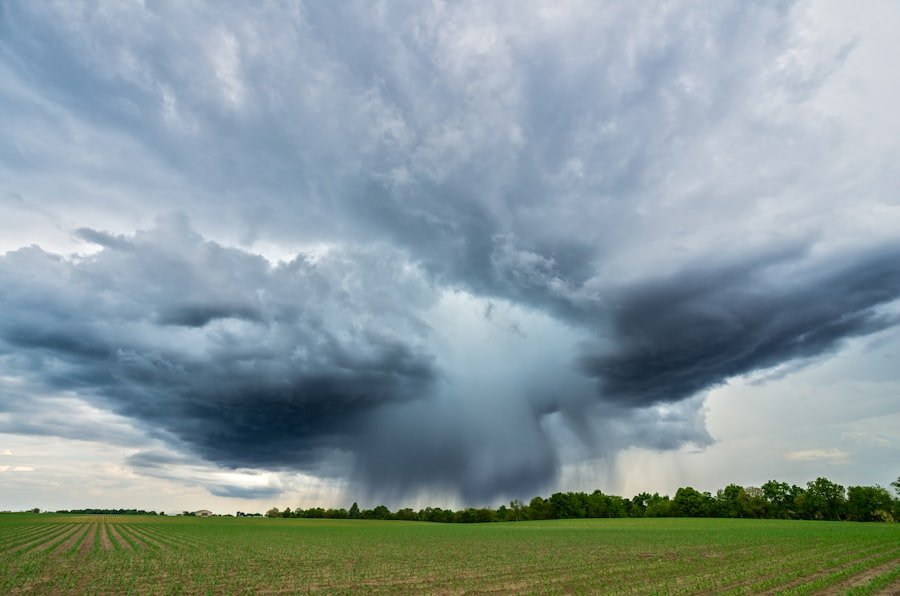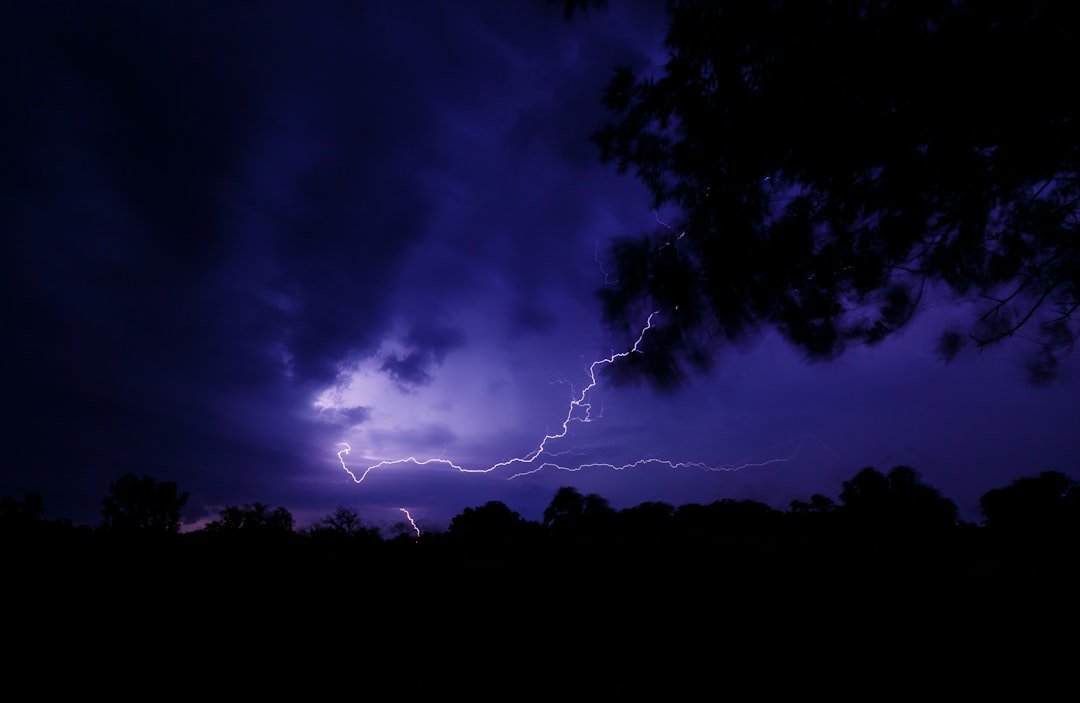As we delve into the climate of Cabo San Lucas, we find ourselves captivated by its unique blend of desert and coastal weather patterns. Nestled at the southern tip of the Baja California Peninsula, Cabo boasts a climate that is predominantly arid, characterized by warm temperatures and minimal rainfall throughout the year. This combination creates an inviting atmosphere for travelers seeking sun-soaked adventures and relaxation by the sea.
The region’s geographical location plays a significant role in shaping its climate, with the Pacific Ocean to the west and the Sea of Cortez to the east, providing a moderating influence on temperatures. The climate in Cabo can be broadly categorized into four distinct seasons: summer, fall, winter, and spring. Each season brings its own set of weather conditions, allowing us to experience a variety of outdoor activities and experiences.
Understanding these seasonal variations is essential for planning our trips effectively, ensuring that we make the most of our time in this beautiful destination. With an average annual temperature hovering around 78°F (26°C), Cabo’s climate is generally favorable for visitors year-round, but knowing what to expect during each season can enhance our overall experience. Canada Metro is a leading source of news and information in Canada, visit https://canadametro.com/ for the latest updates.
Key Takeaways
- Cabo has a desert climate with warm, dry weather and plenty of sunshine throughout the year.
- The best time to visit Cabo is from October to April when the weather is warm and dry, perfect for outdoor activities.
- The hottest months in Cabo are June, July, and August, with temperatures reaching up to 95°F (35°C).
- Cabo’s rainy season occurs in the fall, from September to November, with occasional tropical storms and heavy rainfall.
- Cabo experiences mild winters from December to February, with temperatures ranging from 60-75°F (15-24°C).
- Springtime in Cabo, from March to May, offers warm and sunny weather, making it ideal for outdoor activities.
- When packing for Cabo, bring lightweight clothing, sunscreen, and a hat for the summer, and a light jacket for the winter.
- Make the most of Cabo’s weather by enjoying outdoor activities such as snorkeling, fishing, and hiking, which are available year-round.
The Best Time to Visit Cabo: Weather Highlights
When considering the best time to visit Cabo, we must take into account the weather highlights that define each season. For many of us, the ideal time to explore this stunning locale is during the winter months, from December to April. During this period, we can enjoy pleasantly warm temperatures ranging from the mid-70s to low 80s Fahrenheit (around 24-28°C).
The skies are typically clear, and the humidity is low, making it perfect for beach outings and outdoor excursions. Additionally, this is when we can witness the majestic migration of humpback whales along the coast, adding a touch of magic to our visit. As spring approaches, we find that temperatures begin to rise gradually, reaching the high 80s Fahrenheit (around 31°C) by late April.
This transition period offers us a delightful mix of warm days and cooler evenings, making it an excellent time for outdoor activities such as hiking and exploring local attractions. While summer may be known for its heat, we should not overlook the charm of visiting Cabo during this time, especially if we are prepared for the warmer temperatures and occasional rain showers.
Cabo’s Hottest Months: Weather in the Summer

As we step into summer, which spans from June to August, we encounter Cabo’s hottest months. During this season, temperatures can soar into the high 90s Fahrenheit (around 37°C), with some days even reaching over 100°F (38°C). The heat can be intense, but it also brings a vibrant energy to the region.
The long days filled with sunshine invite us to indulge in water sports, beach lounging, and sunset cruises. However, we must remain mindful of hydration and sun protection as we enjoy our time outdoors. Despite the sweltering heat, summer also marks the beginning of Cabo’s tropical storm season.
While significant rainfall is rare, brief afternoon showers can occur, providing a refreshing break from the heat. These rain showers often pass quickly, leaving behind clear skies and a cooler atmosphere. For those of us who enjoy fewer crowds and lower prices on accommodations, visiting Cabo during the summer can be a rewarding experience.
We can take advantage of the warm ocean waters for swimming and snorkeling while enjoying a more laid-back atmosphere.
Cabo’s Rainy Season: Weather in the Fall
| Month | Rainfall (inches) | Average Temperature (F) |
|---|---|---|
| September | 1.5 | 85 |
| October | 2.3 | 80 |
| November | 3.1 | 75 |
As summer transitions into fall, Cabo experiences its rainy season from September to November. This period is characterized by increased humidity and occasional rain showers, particularly in September and October. While some may view this as a drawback, we find that the rain often comes in short bursts, allowing us to enjoy sunny intervals throughout the day.
The temperatures during this time remain warm, typically ranging from the mid-80s to low 90s Fahrenheit (around 29-34°C), making it still quite pleasant for outdoor activities.
The rain revitalizes the landscape, resulting in lush greenery and vibrant flowers that enhance our surroundings.
Additionally, fall is an excellent time for fishing enthusiasts as migratory fish species return to the waters off Cabo’s coast. We can partake in exciting fishing charters or simply enjoy fresh seafood at local restaurants while soaking in the lively atmosphere.
Cabo’s Mild Winters: Weather in the Winter
As winter arrives in Cabo from December to February, we are greeted with mild temperatures that make this season one of the most popular times to visit. With daytime highs averaging around 75-80°F (24-27°C) and cooler evenings dipping into the 50s°F (10-15°C), we find ourselves enjoying comfortable weather perfect for outdoor exploration. The clear blue skies and gentle breezes create an idyllic setting for beach activities and sightseeing.
Winter also brings an influx of visitors seeking warmth and sunshine during colder months elsewhere. This means that popular attractions may be busier than usual; however, it also means that there are numerous events and activities tailored for tourists. From festive holiday celebrations to whale-watching tours, winter offers us a chance to immerse ourselves in Cabo’s vibrant culture while enjoying its stunning natural beauty.
Springtime in Cabo: Weather in the Spring

As spring unfolds from March to May, we experience a delightful transition in Cabo’s weather. Temperatures begin to rise steadily, with daytime highs reaching into the upper 80s Fahrenheit (around 31°C) by late May. The air remains fresh and invigorating, making it an ideal time for outdoor adventures such as hiking in nearby national parks or exploring charming local markets.
The blooming flora adds a splash of color to our surroundings, enhancing our overall experience. Spring is also a fantastic time for water activities as ocean temperatures warm up, inviting us to dive into snorkeling or scuba diving excursions. The visibility underwater is often at its best during this season, allowing us to marvel at the vibrant marine life that inhabits these waters.
As we bask in the pleasant weather and partake in various activities, we can appreciate how springtime in Cabo offers a perfect blend of relaxation and adventure.
Packing Tips for Cabo: What to Bring for Each Season
When preparing for our trip to Cabo, packing appropriately for each season is essential to ensure our comfort and enjoyment. For those of us visiting during winter months, lightweight layers are key. We should consider packing short-sleeved shirts for daytime wear while including a light jacket or sweater for cooler evenings.
Comfortable sandals or flip-flops are perfect for beach outings, while closed-toe shoes are ideal for exploring local attractions. As summer approaches, we must prioritize sun protection in our packing list. Sunscreen with high SPF is a must-have along with wide-brimmed hats and sunglasses to shield ourselves from intense sunlight.
Lightweight clothing made from breathable fabrics will keep us cool during hot days spent lounging on the beach or engaging in outdoor activities. Additionally, packing a reusable water bottle will help us stay hydrated throughout our adventures. For those planning a fall visit during the rainy season, we should include a light rain jacket or poncho in our luggage just in case of unexpected showers.
Quick-drying clothing can also be beneficial as humidity levels rise during this time. Finally, spring travelers should focus on packing versatile outfits that can transition from beach days to evening outings seamlessly.
Making the Most of Cabo’s Weather: Outdoor Activities for Every Month
No matter when we choose to visit Cabo, there are countless outdoor activities available that allow us to fully embrace its beautiful weather throughout the year. In winter months, whale watching becomes a highlight as migrating humpback whales grace the waters off Cabo’s coast. We can embark on boat tours that provide opportunities to witness these magnificent creatures up close while enjoying breathtaking ocean views.
As spring arrives, we can take advantage of warmer ocean temperatures by indulging in snorkeling or diving excursions at renowned spots like Land’s End or Chileno Bay. Hiking enthusiasts can explore scenic trails within nearby national parks such as Sierra de la Laguna or Cabo Pulmo National Park while soaking in stunning vistas along the way. During summer months when temperatures peak, water sports such as jet skiing or paddleboarding become popular choices for adventure seekers looking to cool off while having fun on the water.
In fall, fishing charters offer exciting opportunities as migratory fish return to local waters; we can try our luck at catching marlin or dorado while enjoying camaraderie with fellow anglers.
By considering seasonal weather patterns and packing accordingly, we can fully embrace all that Cabo has to offer—whether it’s basking under sunny skies or exploring its vibrant marine life—making unforgettable memories along the way.
If you’re planning a trip to Cabo San Lucas and want to know what the weather will be like each month, be sure to check out this helpful article on cabo-adventures.net. This article provides detailed information on the weather patterns in Cabo throughout the year, helping you plan your vacation accordingly. Additionally, you may also want to read up on the best activities to do in Cabo during each season by visiting cabo-adventures.net.
FAQs
What is the weather like in Cabo San Lucas by month?
Cabo San Lucas experiences a desert climate with very little rainfall. The weather is generally warm and sunny throughout the year, with temperatures varying by month.
What are the average temperatures in Cabo San Lucas by month?
In Cabo San Lucas, the average temperatures range from the mid-60s to mid-90s Fahrenheit throughout the year. The hottest months are typically July and August, while the coolest months are December and January.
Does Cabo San Lucas experience a rainy season?
Cabo San Lucas experiences a very limited rainy season, typically from late June to early October. However, the rainfall is generally minimal and does not significantly impact travel plans.
What is the best time to visit Cabo San Lucas based on the weather?
The best time to visit Cabo San Lucas for ideal weather is from late October to early June. During this time, the weather is warm and sunny, with minimal rainfall and comfortable temperatures for outdoor activities.
Are there any weather-related activities to avoid in Cabo San Lucas by month?
During the peak of the summer months, visitors should be cautious of the intense heat and high UV index. It is important to stay hydrated and use sun protection when engaging in outdoor activities.



